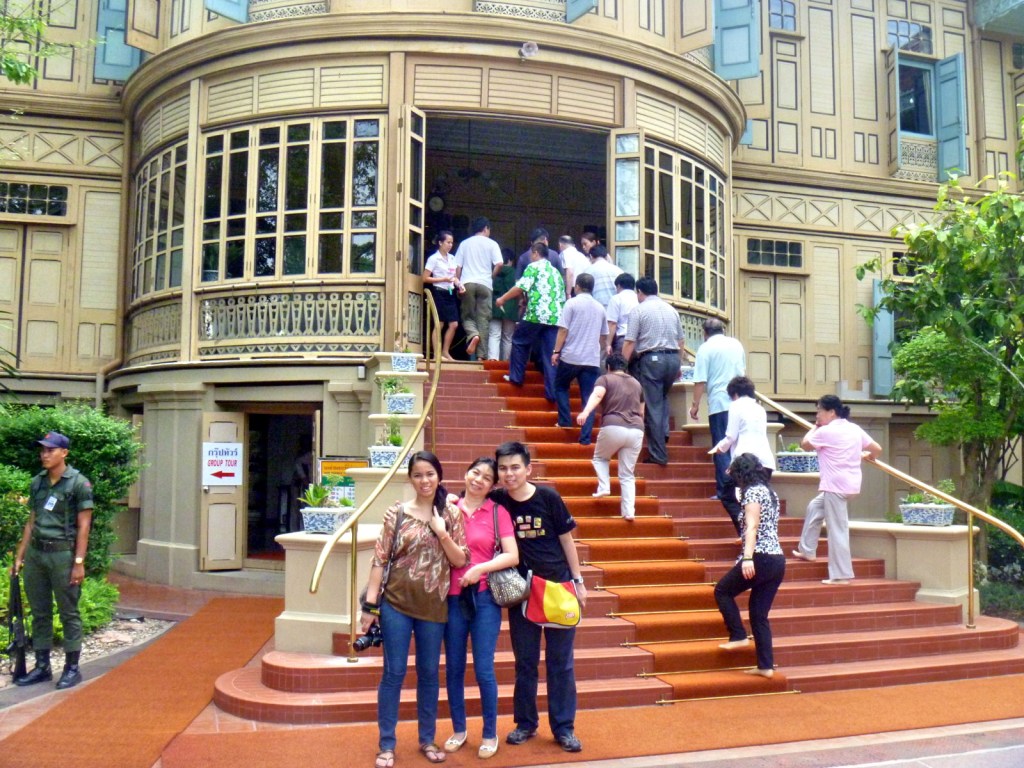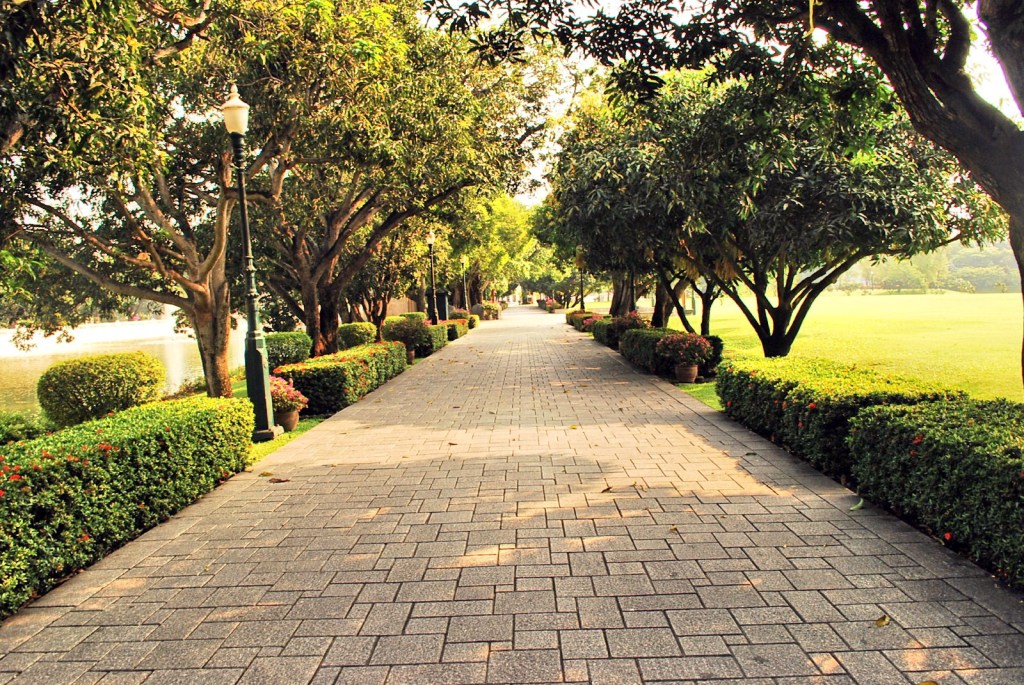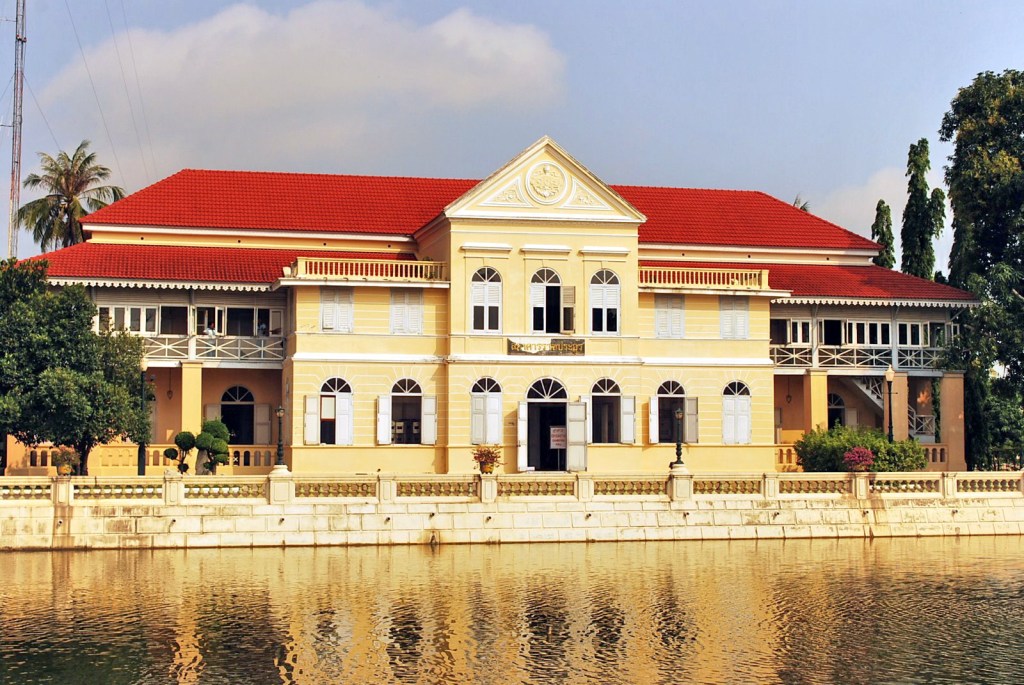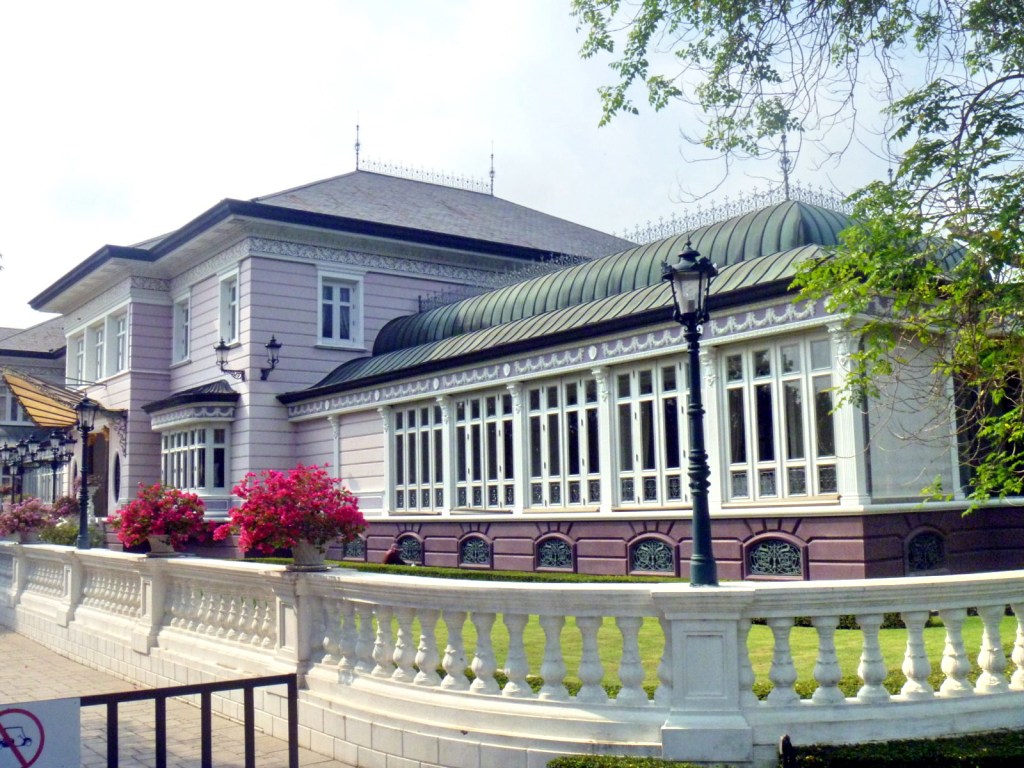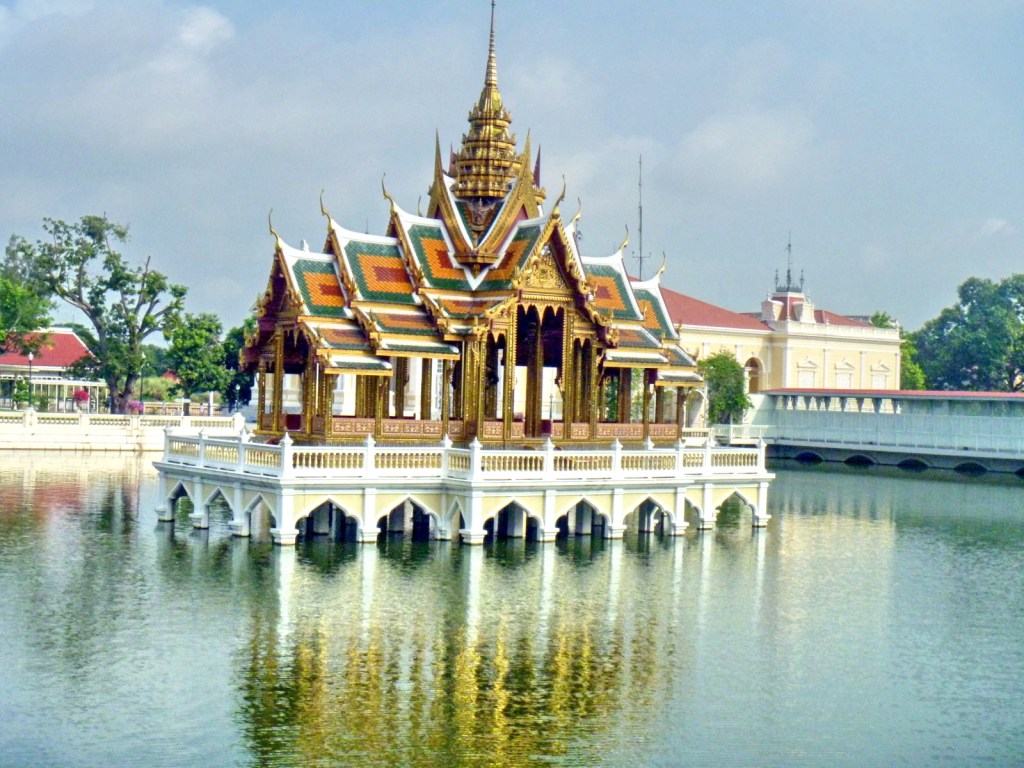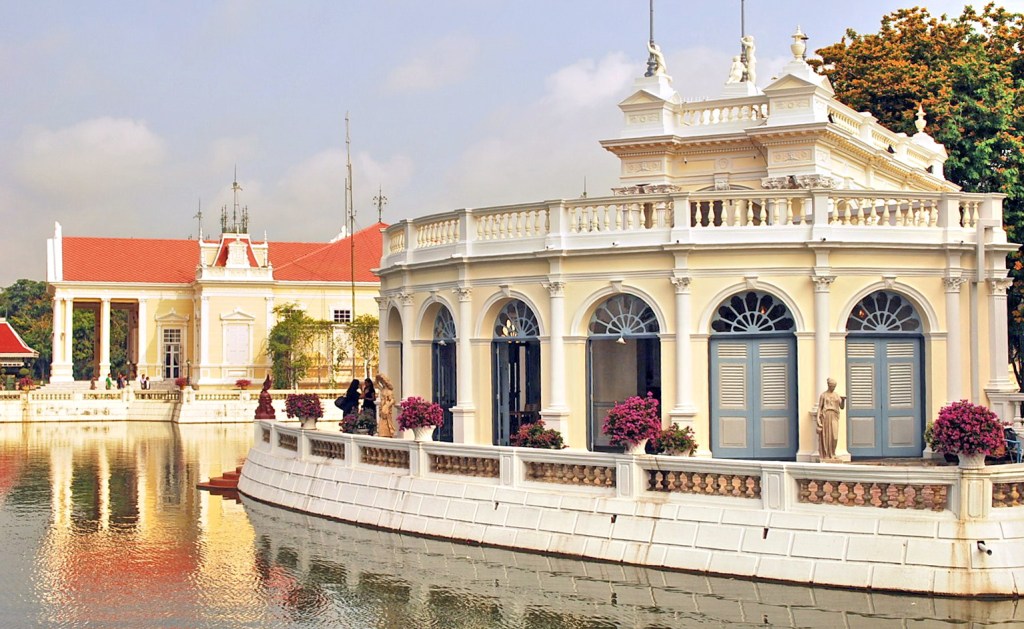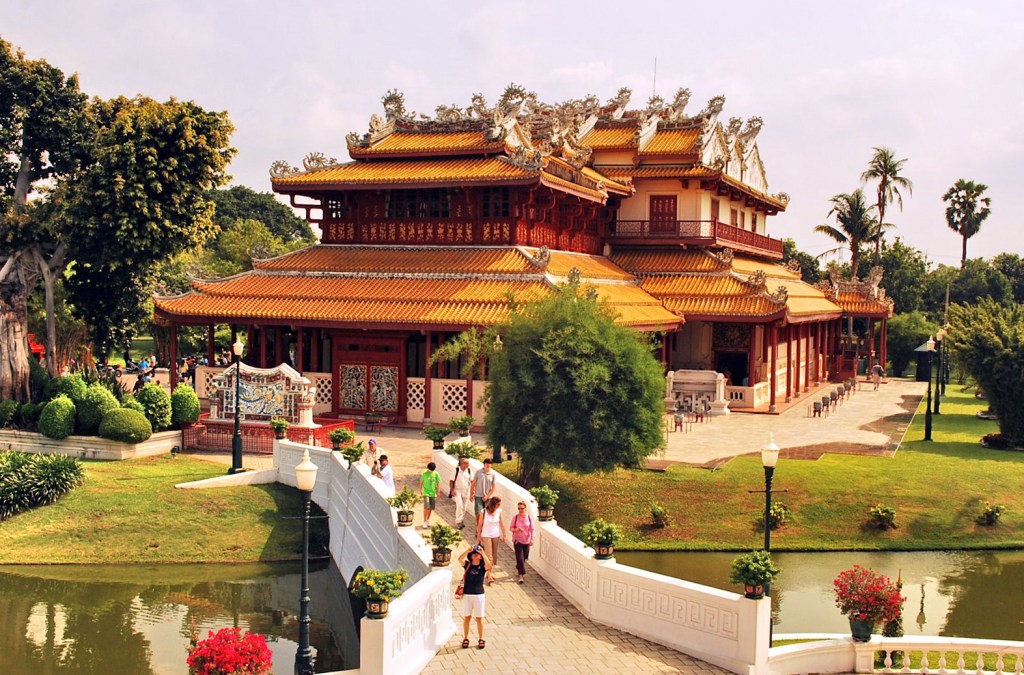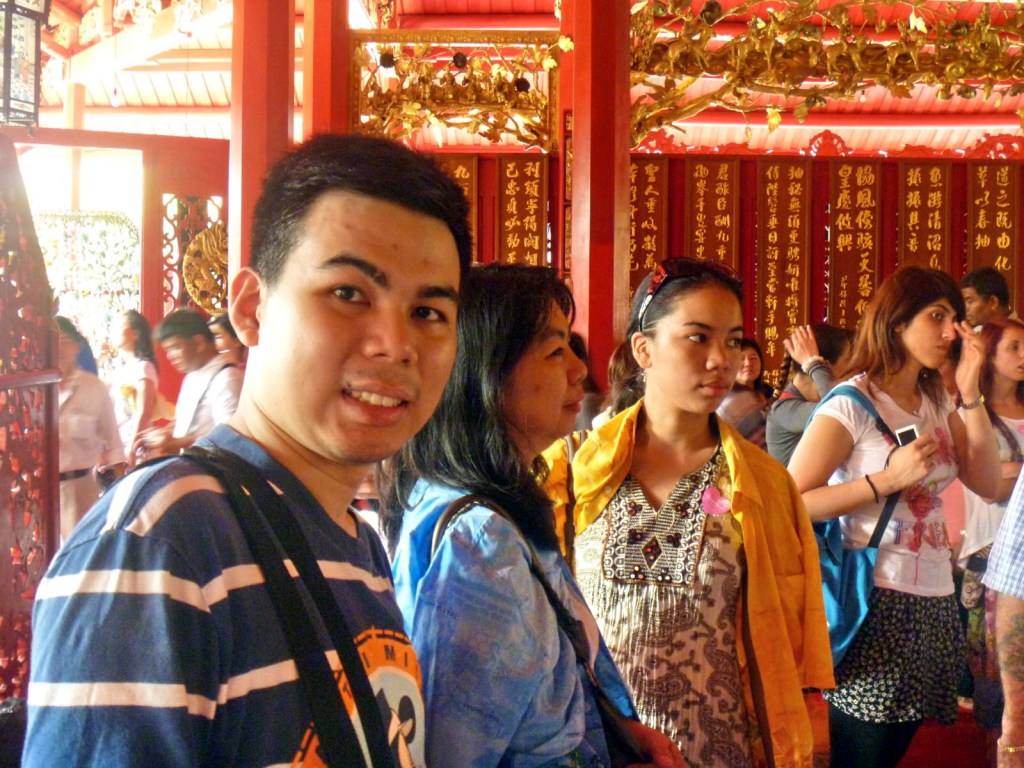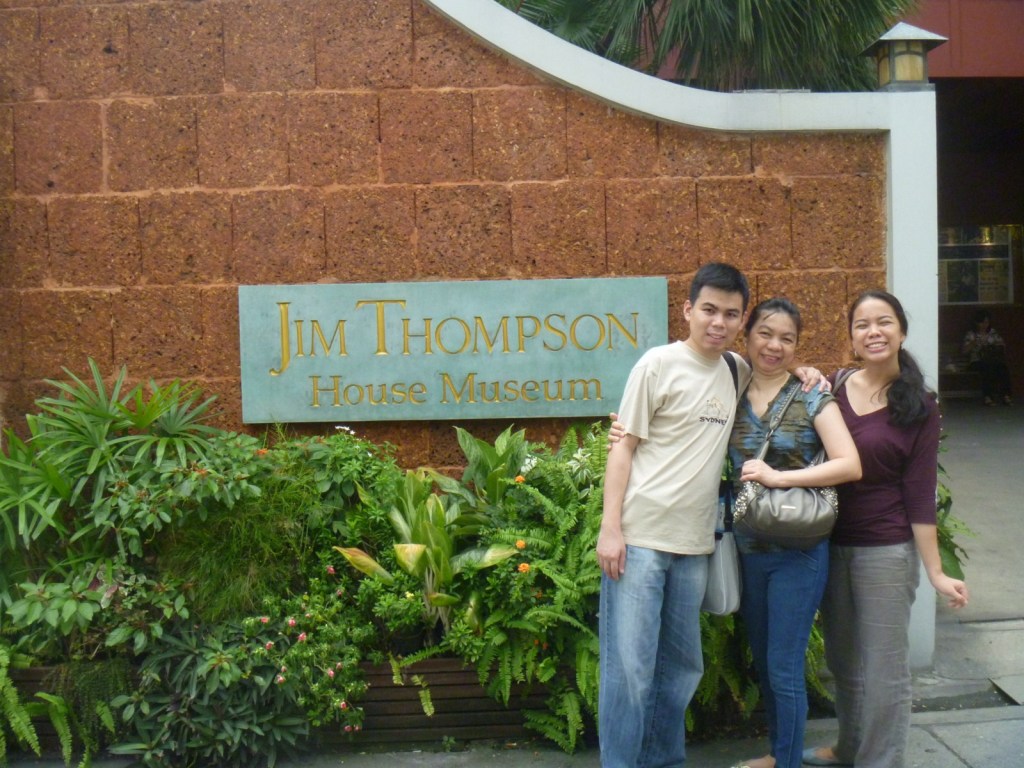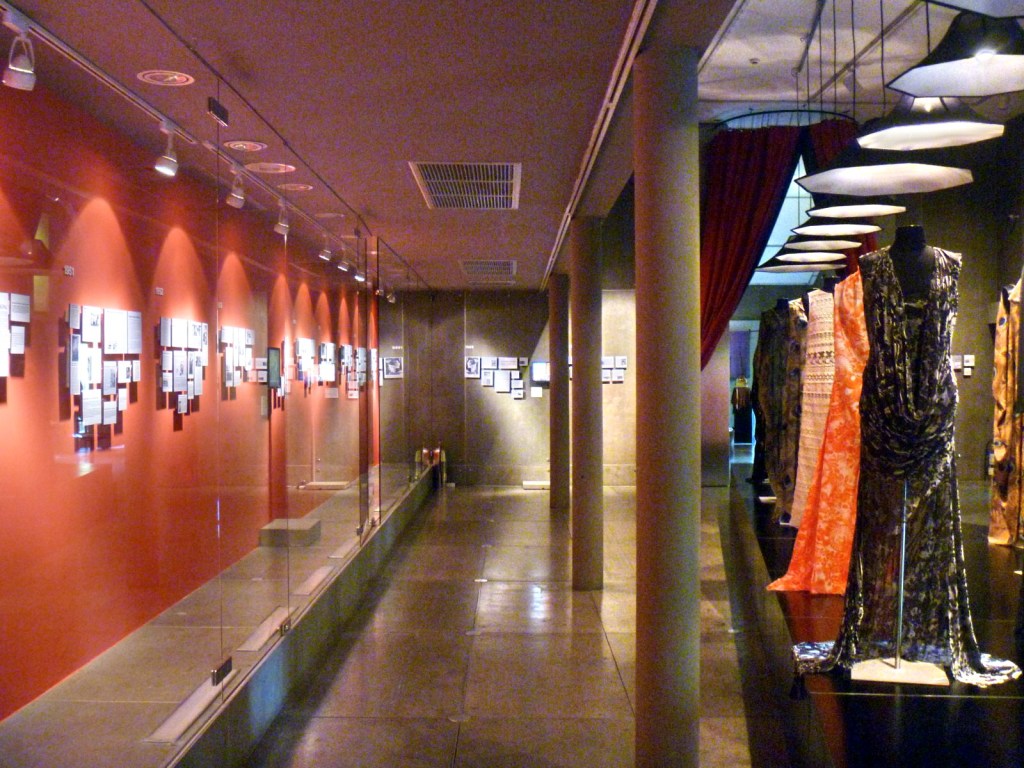After lunch at a Shakey’s outlet in Taytay, Jandy and I proceeded to the next town of Angono, the “Arts Capital of the Philippines.” Using the only Angono map I had, I tried to find the Nemiranda Arthouse/Atelier Cafe only to find out it wasn’t where its supposed to be in the map.
I finally resorted to asking the locals. That worked and soon enough we found the place, a lofty old wood, bamboo and concrete house converted into a home-studio with a prominent signage at the street corner.
I entered the arthouse (also known as “The House of Myths and Legends”), via a side gate, into the coffee shop where I was welcomed by Katrina, the painter daughter of 62 year old local artist Nemesio “Nemi” R. Miranda (popularly known in the art circle as Nemiranda), who was currently touring some children around the art gallery.
I was hoping to interview Nemiranda, but Katrina told me that I just missed him as he left on his motorcycle. She gave us free rein to tour the extensive, 3-floor art gallery ourselves. A massive, larger-than-life, pastel blue stone mermaid (sirena) is prominently placed above the art gallery’s arched entrance.
 |
| Art Gallery entrance |
A Fine Arts graduate of University of Sto. Tomas and a disciple of the late noted Angono artist Carlos “Botong” Francisco, this highly figurative artist’s artworks employ figurative realism (which he calls “imaginative figurism”) wherein the human form is drawn from pure imagination.
Nemiranda’s work inevitably evolves around the female form and it is vividly seen in almost every artwork that we observed. These include mother and child sketches, mermaids, nudes (Nemiranda is also deemed as an erotic painter) done in different styles, women giving birth, nursing mothers, etc..
Other stunningly beautiful paintings depict random subjects such as rural life (families in pastoral scenes, etc.) and subjects from local folklore such as mythical creatures and nature goddesses. On display at one section are wood carvings of the “Stations of the Cross.” Also on display are artworks by Nemiranda’s 5 sons and daughter Katrina as well as fellow artists from Rizal.
| Wood carvings of the “Stations of the Cross” |
We also saw Nemiranda’s impressive collection of local and international awards, proof of his countless unparalleled excellence and achievements in the arts. At the end of the gallery are some art pieces for sale. This veteran artist has launched over 35 solo art exhibitions in various parts of the world and was commissioned to do monumental sculptures and mural paintings throughout the country.
| Sculpture of a pregnant woman |
Some of Nemiranda’s popular and impressive commissioned works includes the “History of the Philippine Army,” a relief sculpture located at the parade ground of Fort Bonifacio; the EDSA Shrine Mural (along with 14 other Angono artists), muted murals interpreting and depicting the 4-day People Power revolution in the main chapel of the EDSA Shrine; the EDSA II Relief Sculptures; “The Way of Mary,” a 20-relief sculpture of the Mysteries of the Holy Rosary, from EDSA Shrine to Antipolo Shrine; and the 40-ft. high “Crucified Christ” (unveiled in Tacloban City in 2002), the map of Leyte interpreted as a sculptural island shaped by nature into the image of the crucified Christ. His paintings also hang in the many prestigious homes and offices, both here and abroad.
Jandy and I were still exploring the art gallery when Nemiranda finally arrived. We were introduced to him by Katrina and I proceeded to interview him at length. As a true-blooded Angonon, Nemiranda has been instrumental in making Angono as the “Art Capital of the Philippines,” making great contributions in promoting the town’s rich heritage.
The Arthouse is also part of Nemiranda’s mission to nurture the artistic consciousness, not just for the Angonons, but for all Filipinos as well, conducting, for years on a regular basis, lectures, guiding services and painting workshops designed to inspire the youth who, by talking to Nemiranda and watching the artist go through the creative process, might see how an idea can grow into a finished work of art.
| Some of Nemiranda’s numerous awards |
In 1975, Nemiranda founded the renowned Angono Ateliers Association, the first in the town to popularize sculpture in concrete (started in 1970). He was also chairman of the Angono Tourism Council and the promoter of the town’s Higantes (“giant”) Festival and the fluvial procession dedicated to San Clemente, Angono’s patron saint. He also institutionalized the Nemiranda Family Art Museum, the Angono School for the Arts and the Nemiranda Atelier Café, all catering to the development, promotion and growth of the Angono art community.
| The author with Nemiranda |

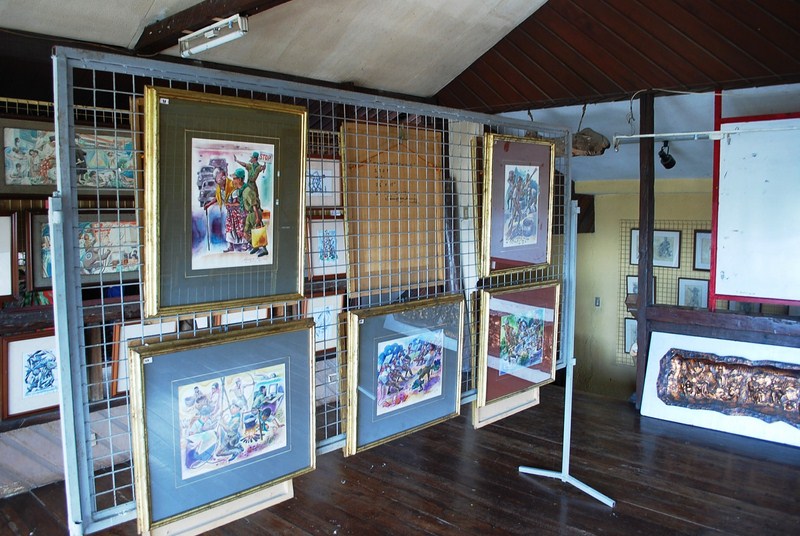
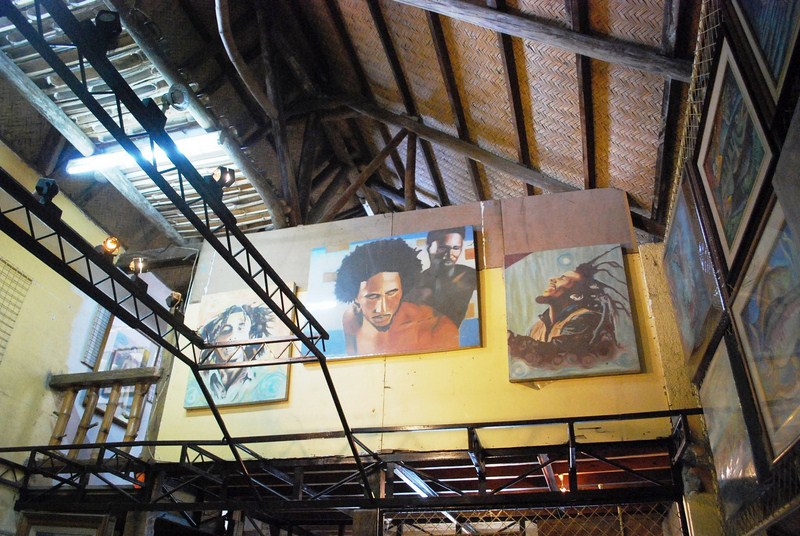
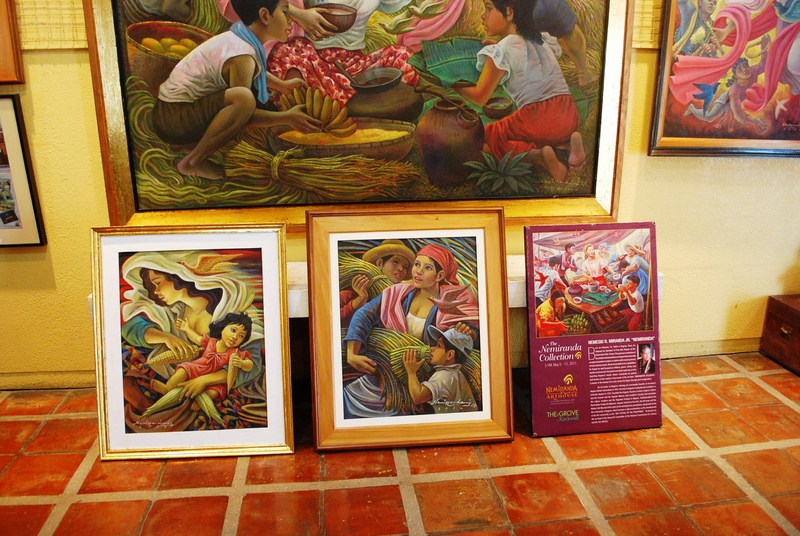
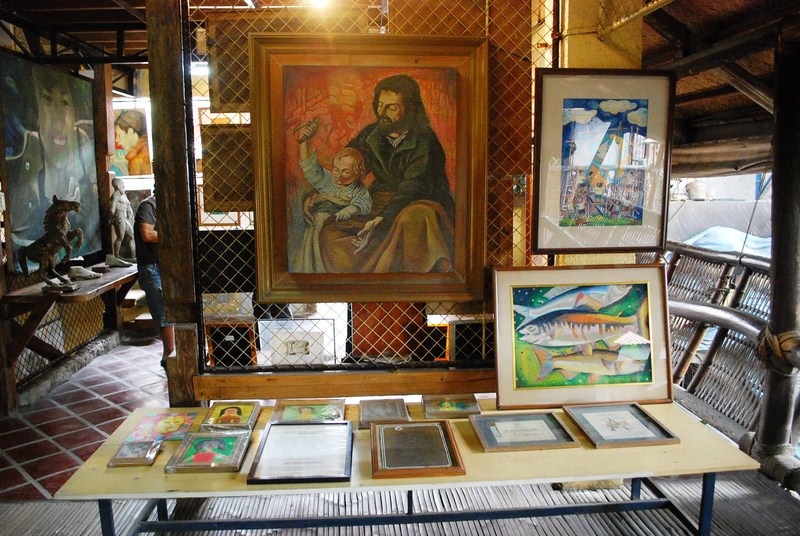

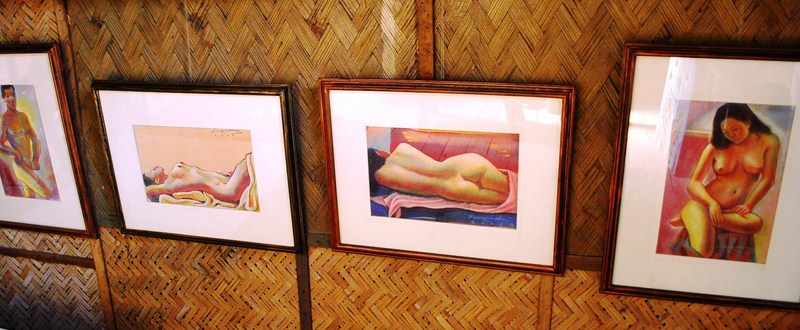
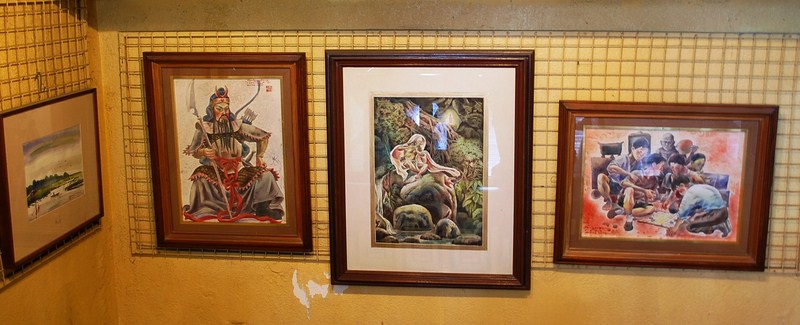
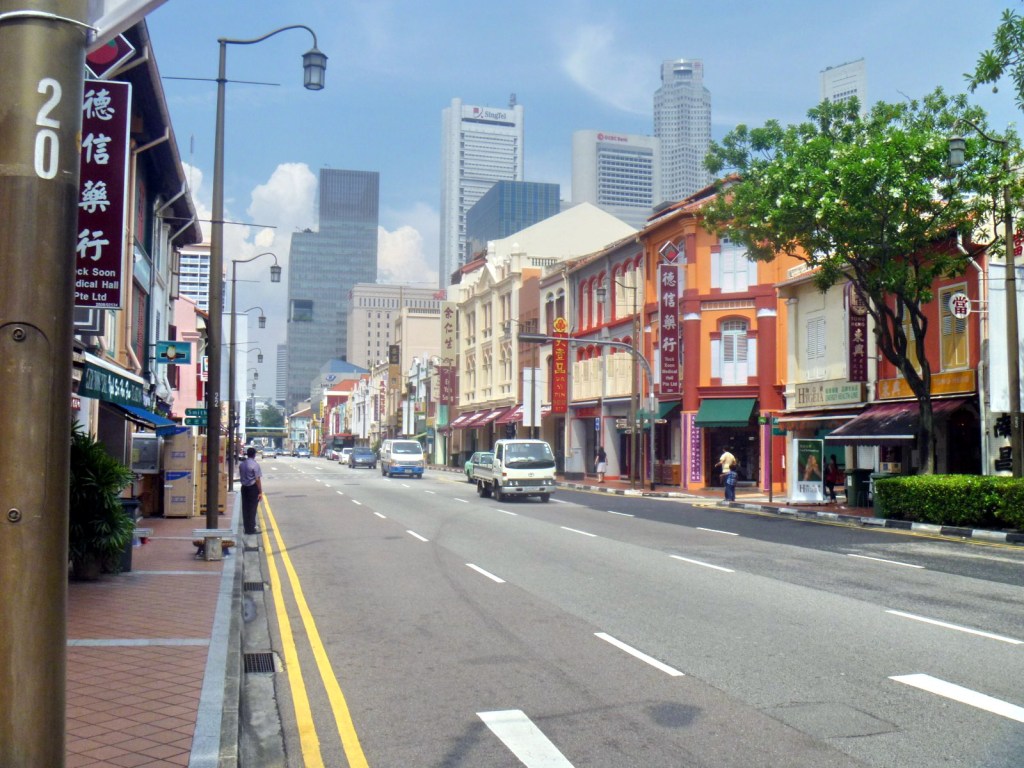
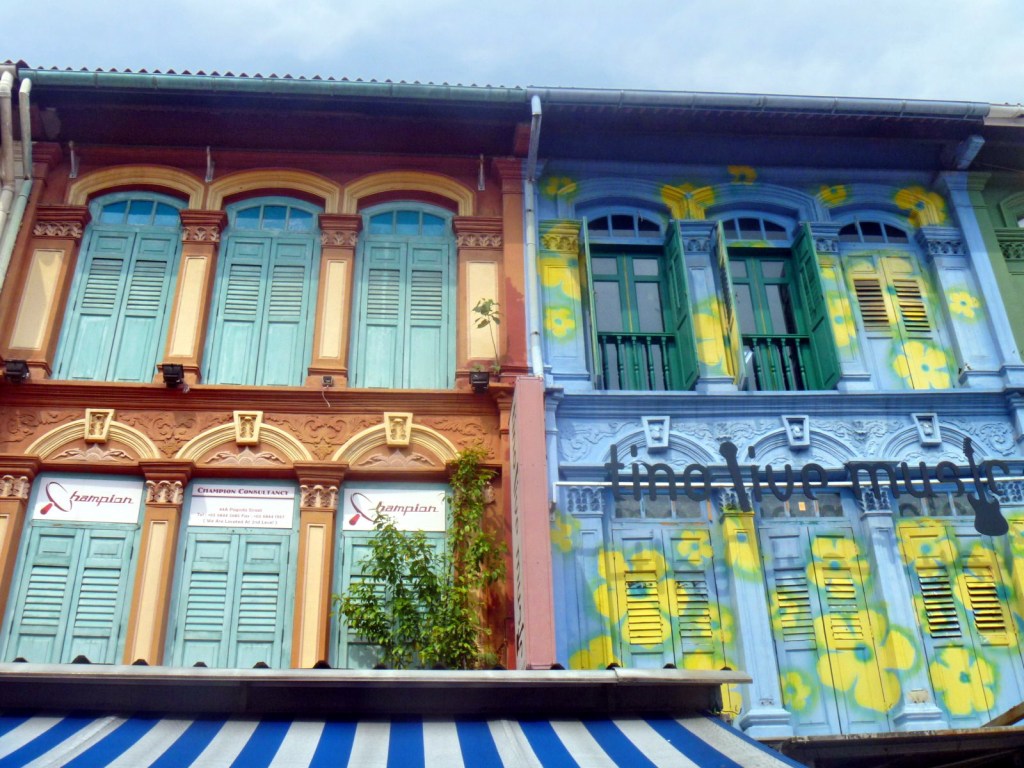
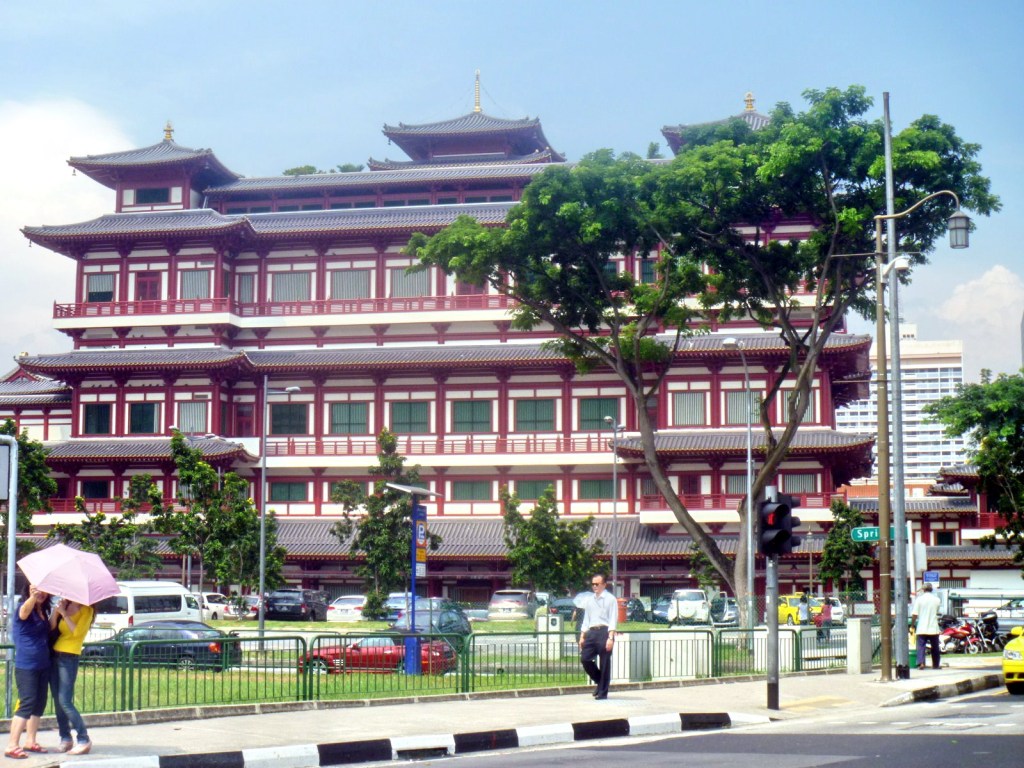
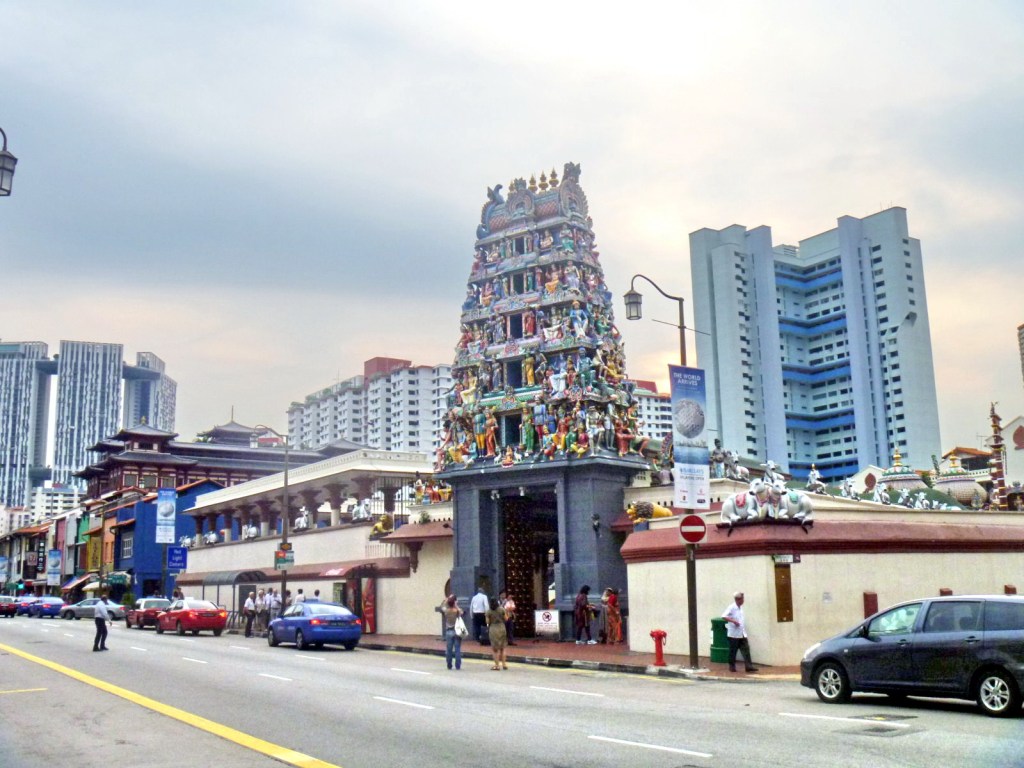
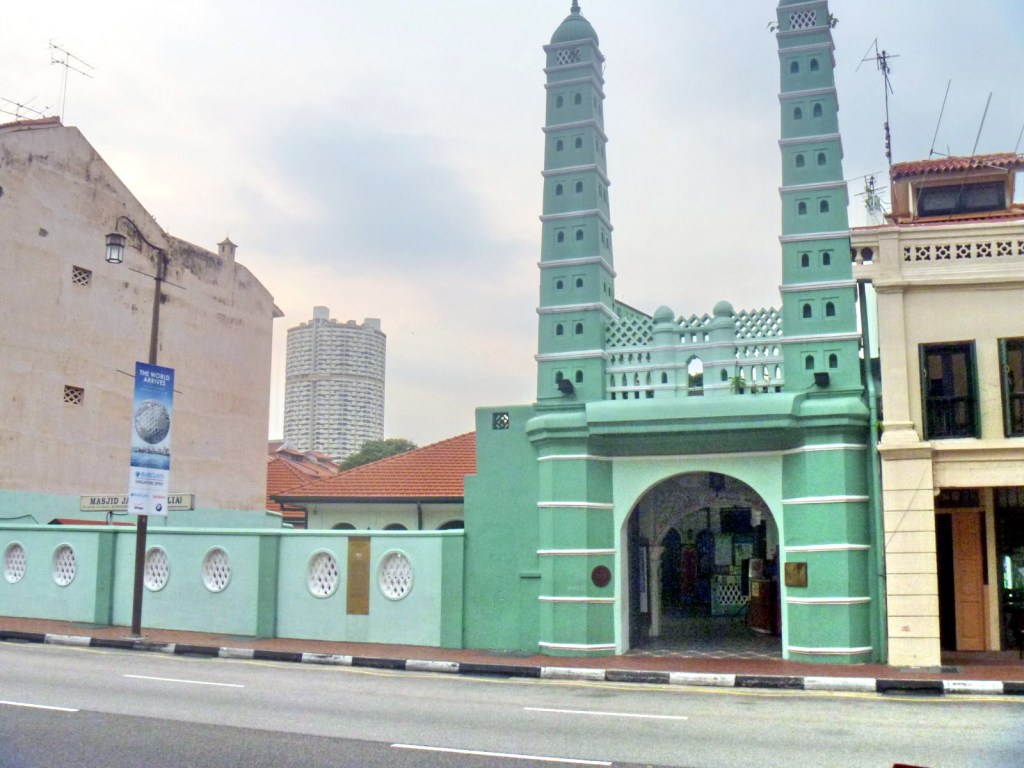
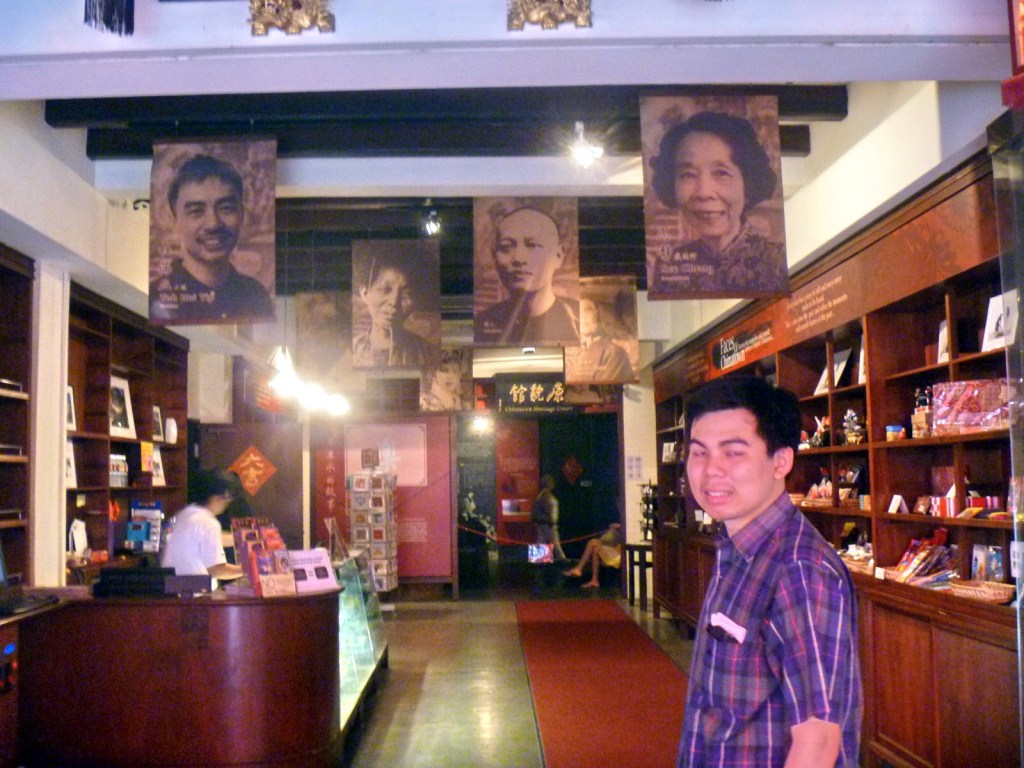
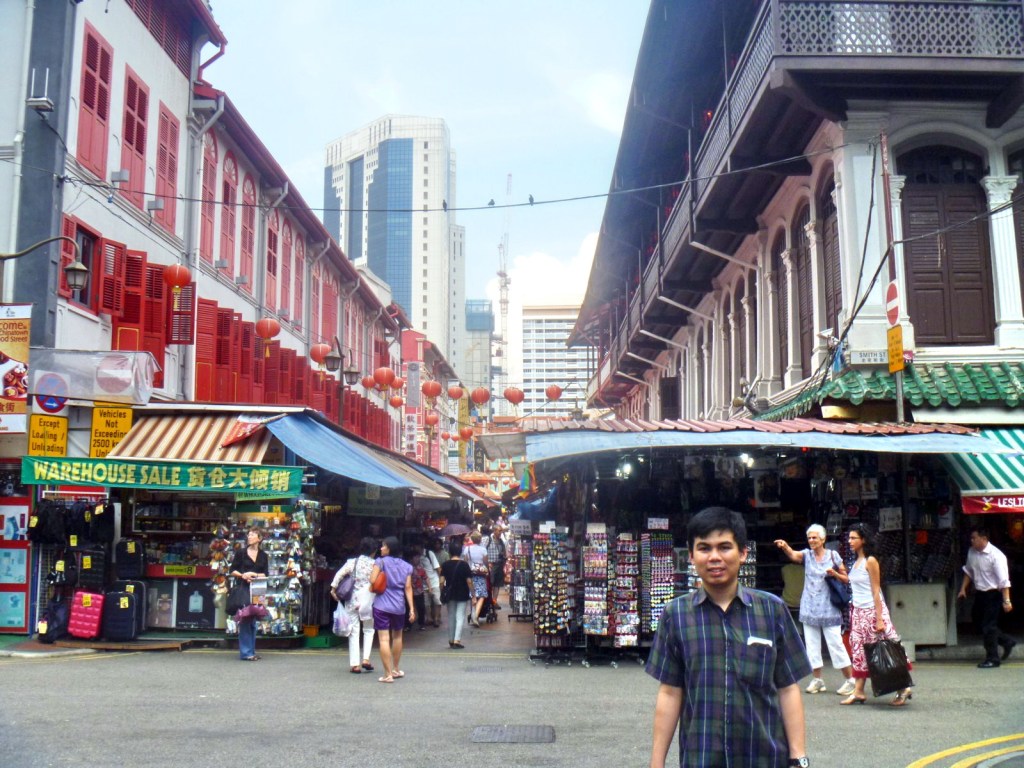





.jpg)
.jpg)
.jpg)
.jpg)
.jpg)
.jpg)






